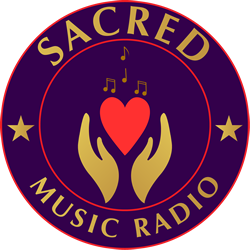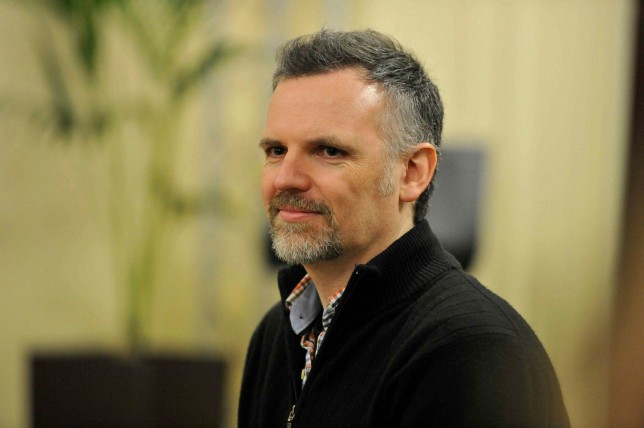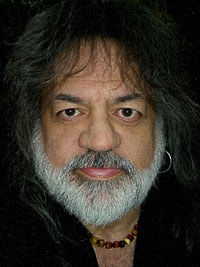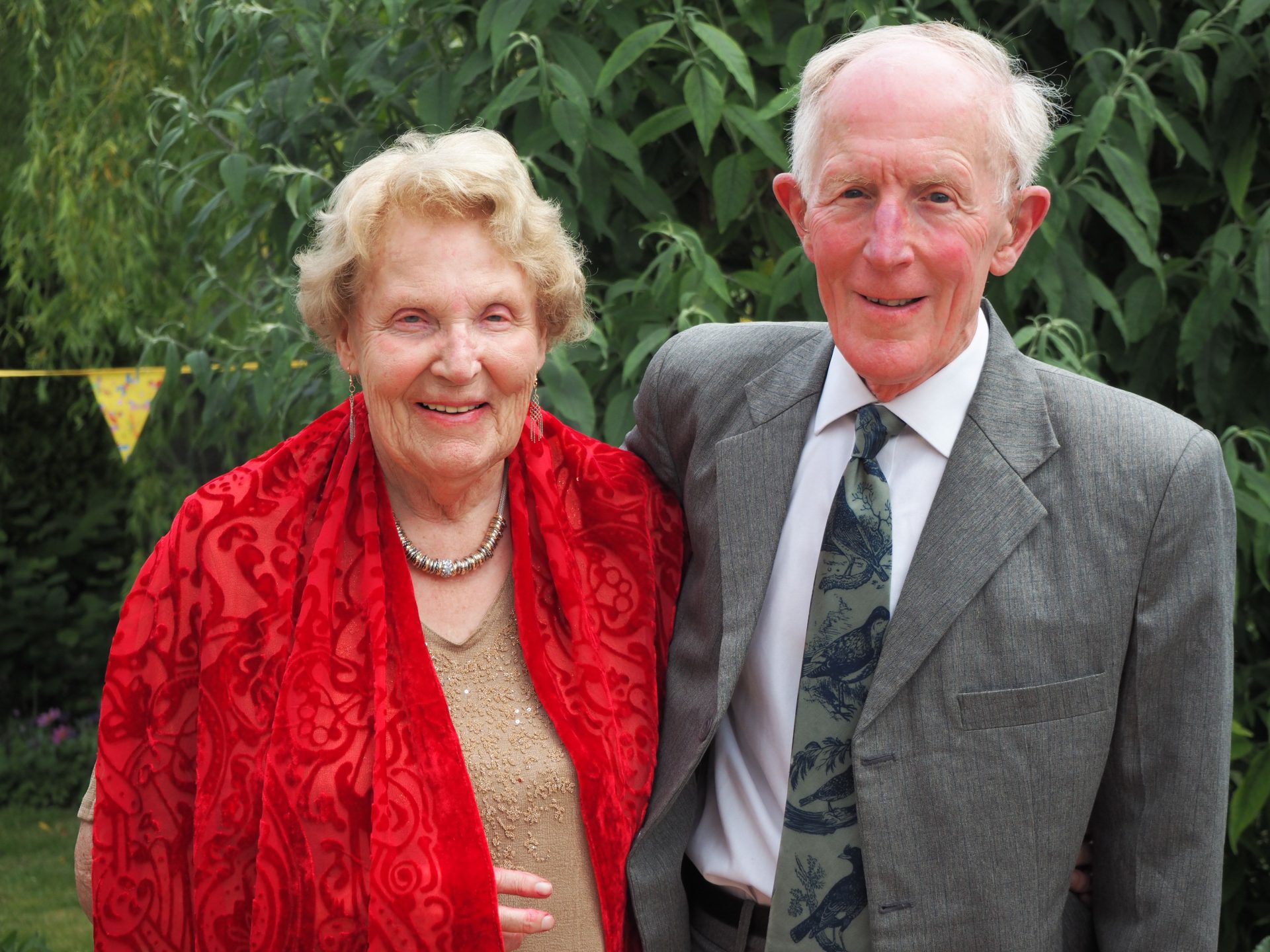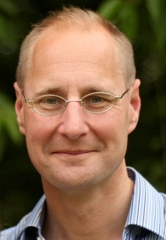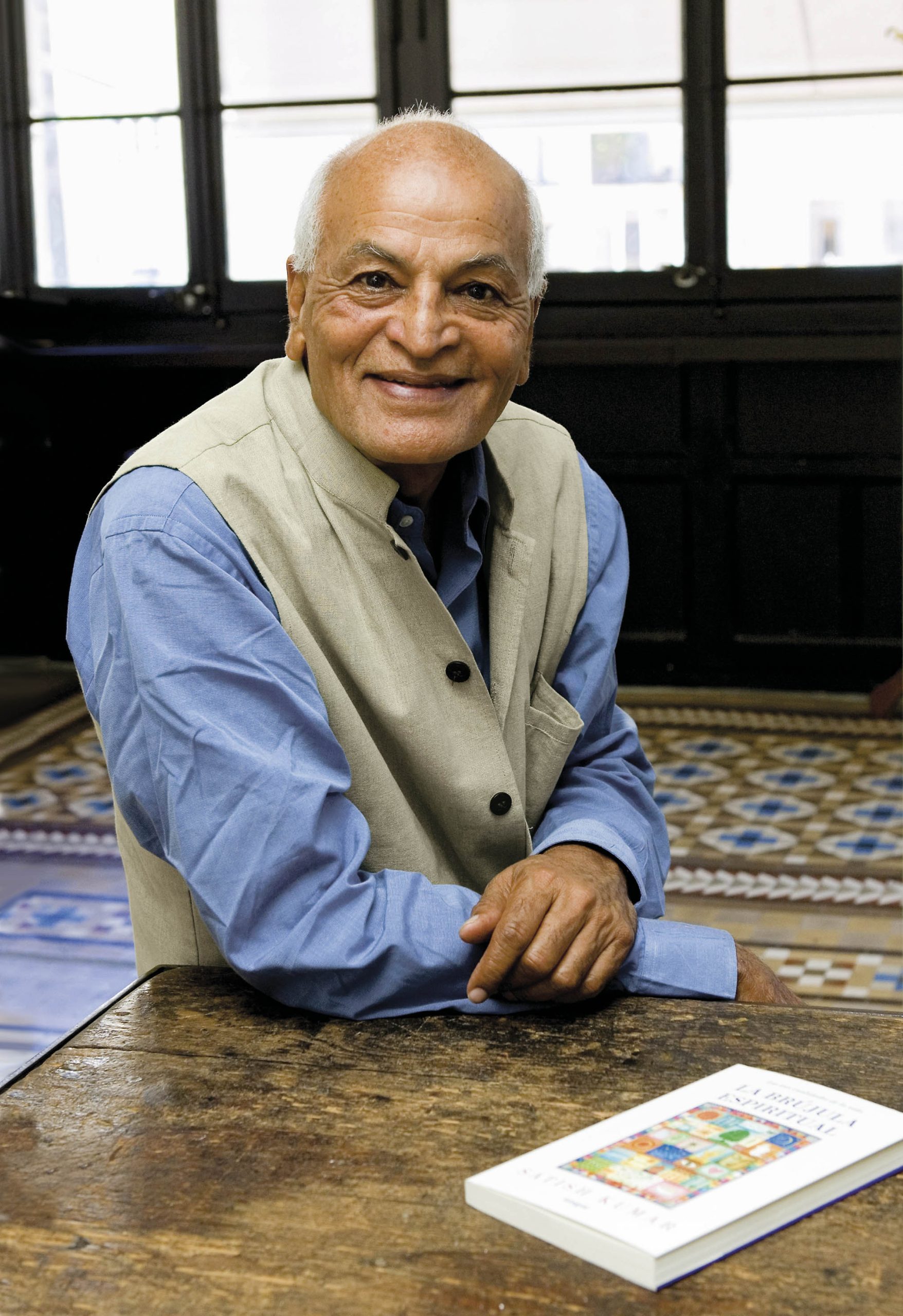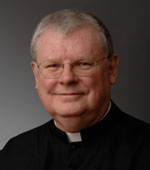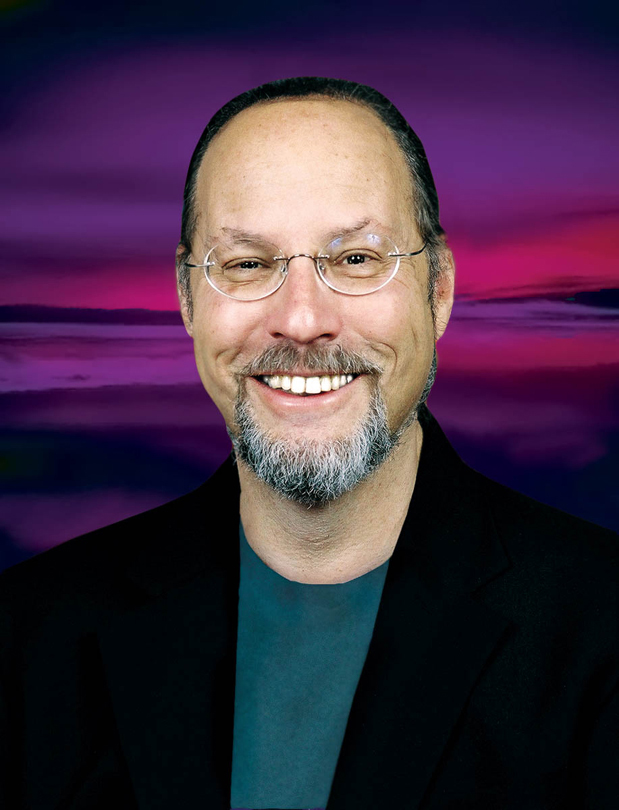Ciaran Hope, Creator of the Music for the Hollywood film “The Letters”
Sacred Music Radio was delighted to interview the well-known composer Ciaran Hope, creator of the music for the Hollywood film “The Letters” which was based on the life of Mother Teresa of Calcutta. Ciarán spent a year working on the music, which was recorded with the Macedonian Radio Symphonic Orchestra in Mother Teresa’s hometown of…
Continue reading →